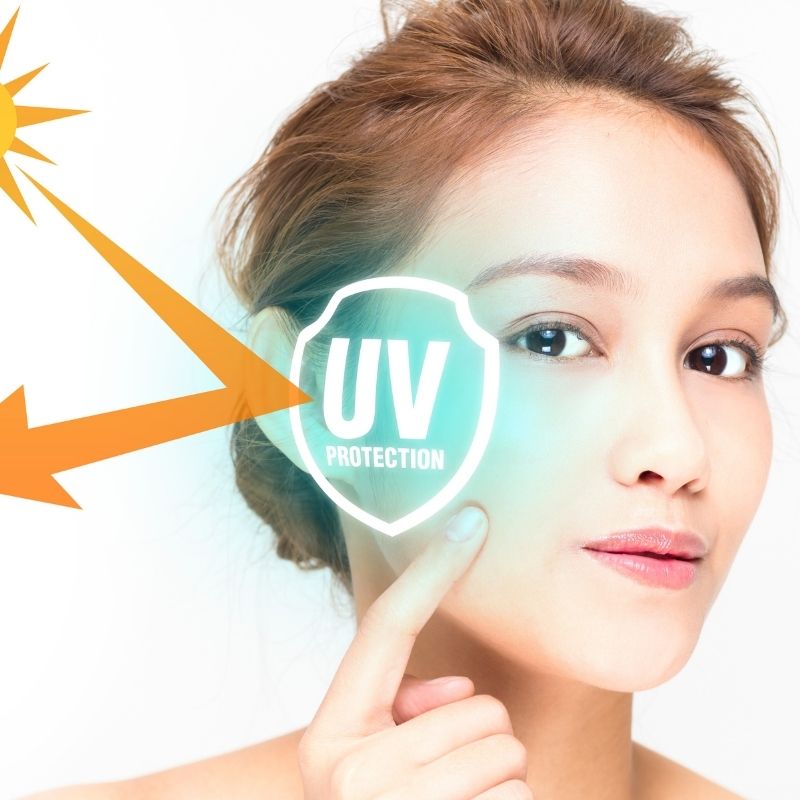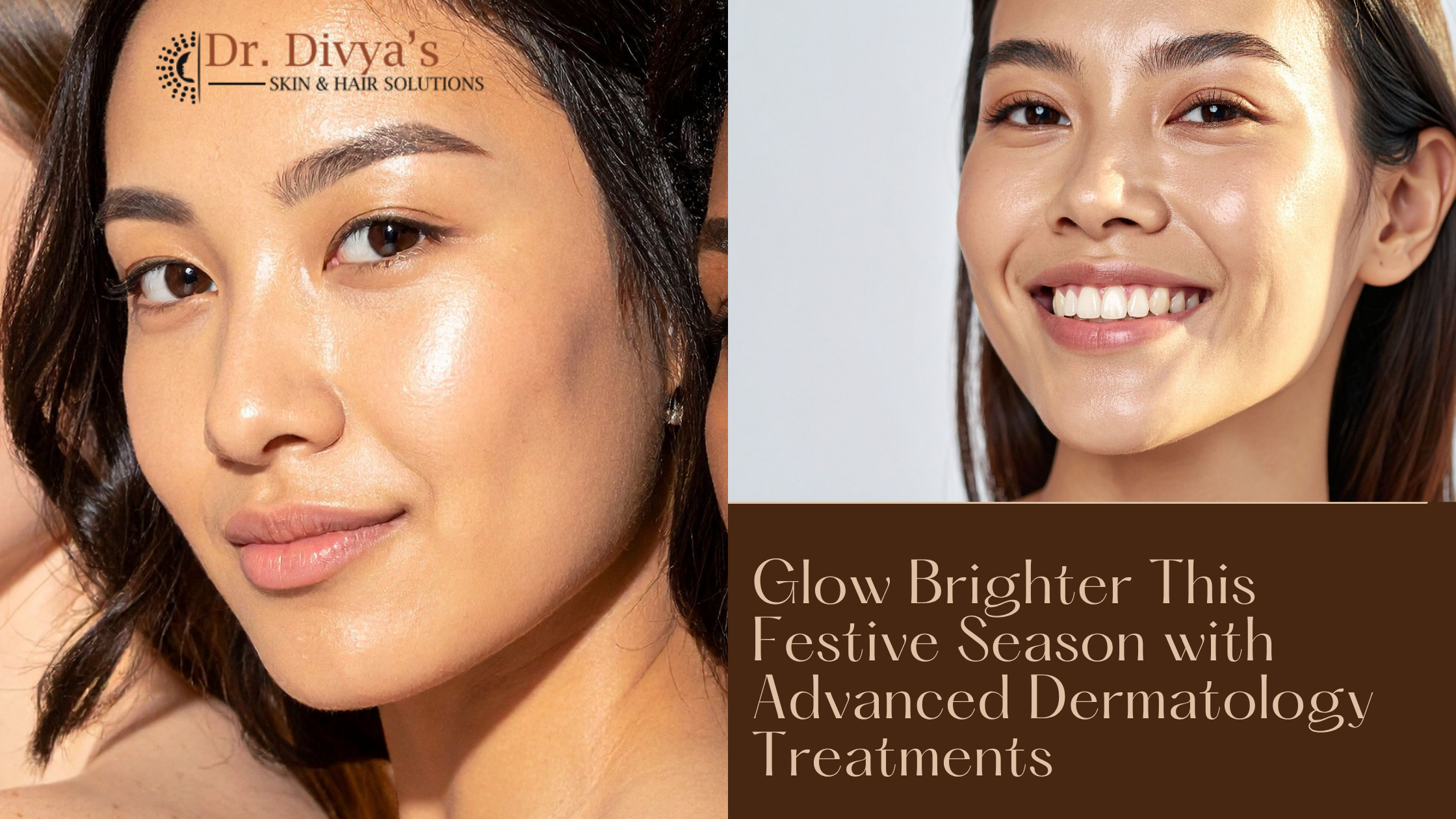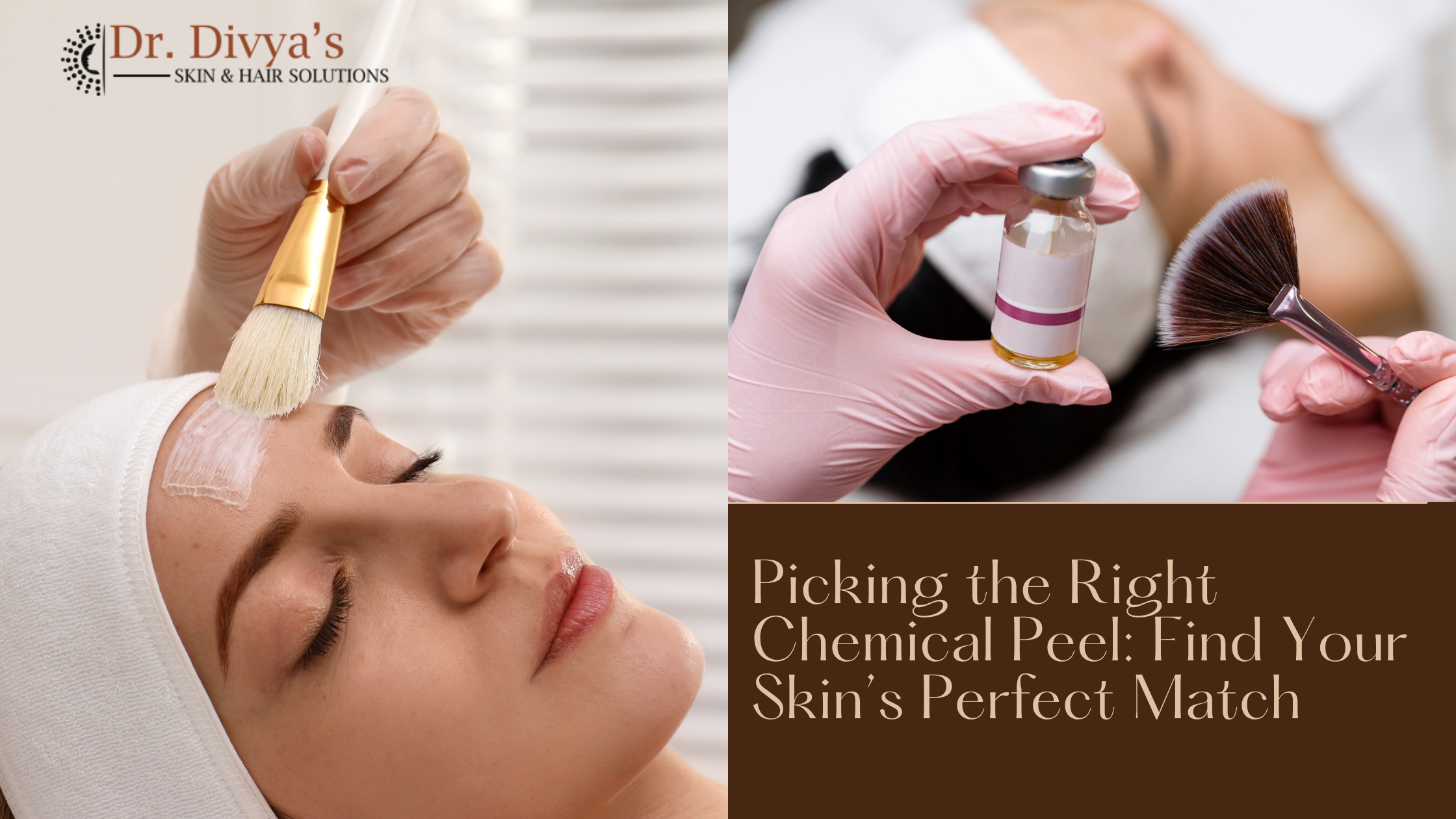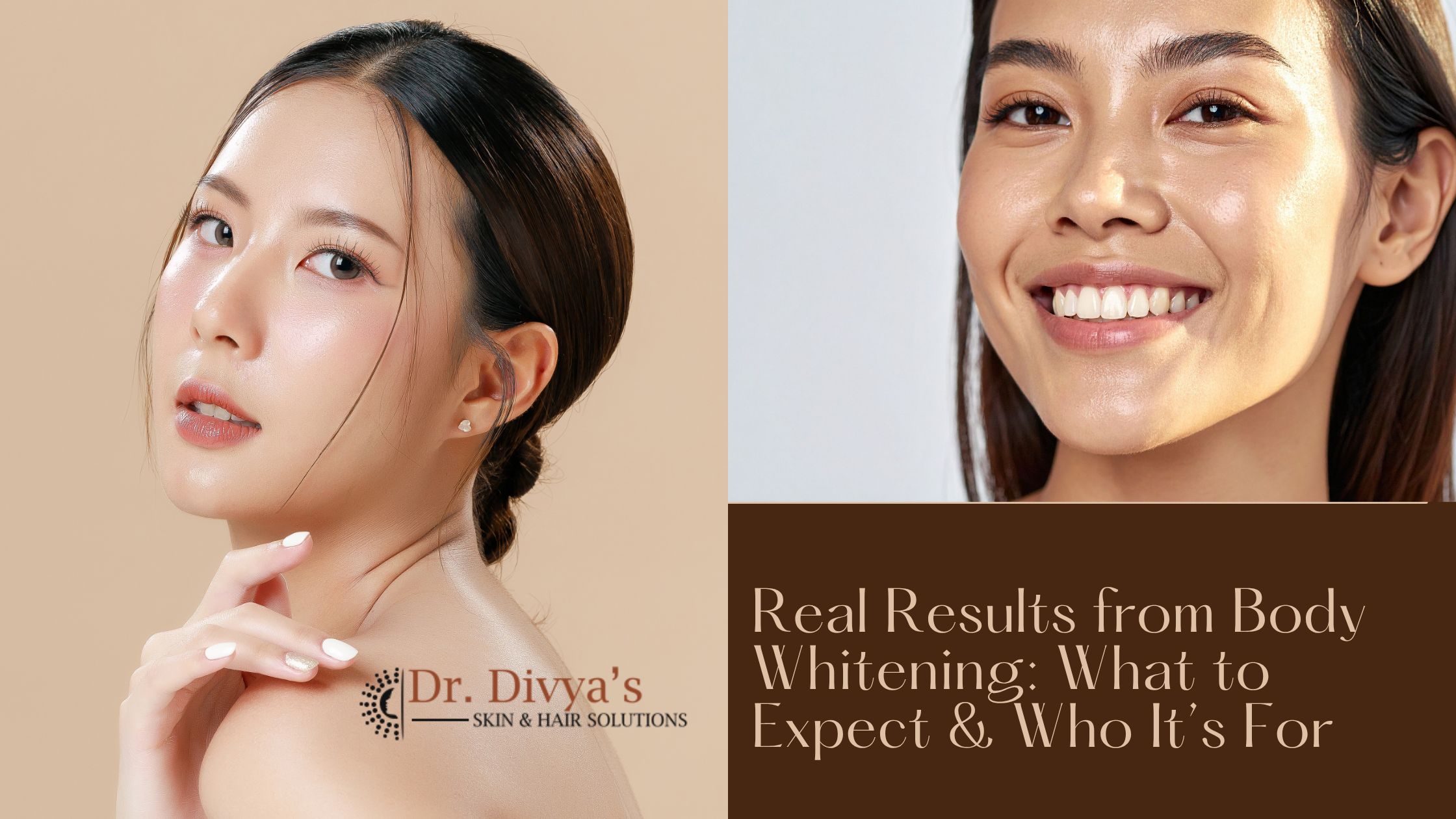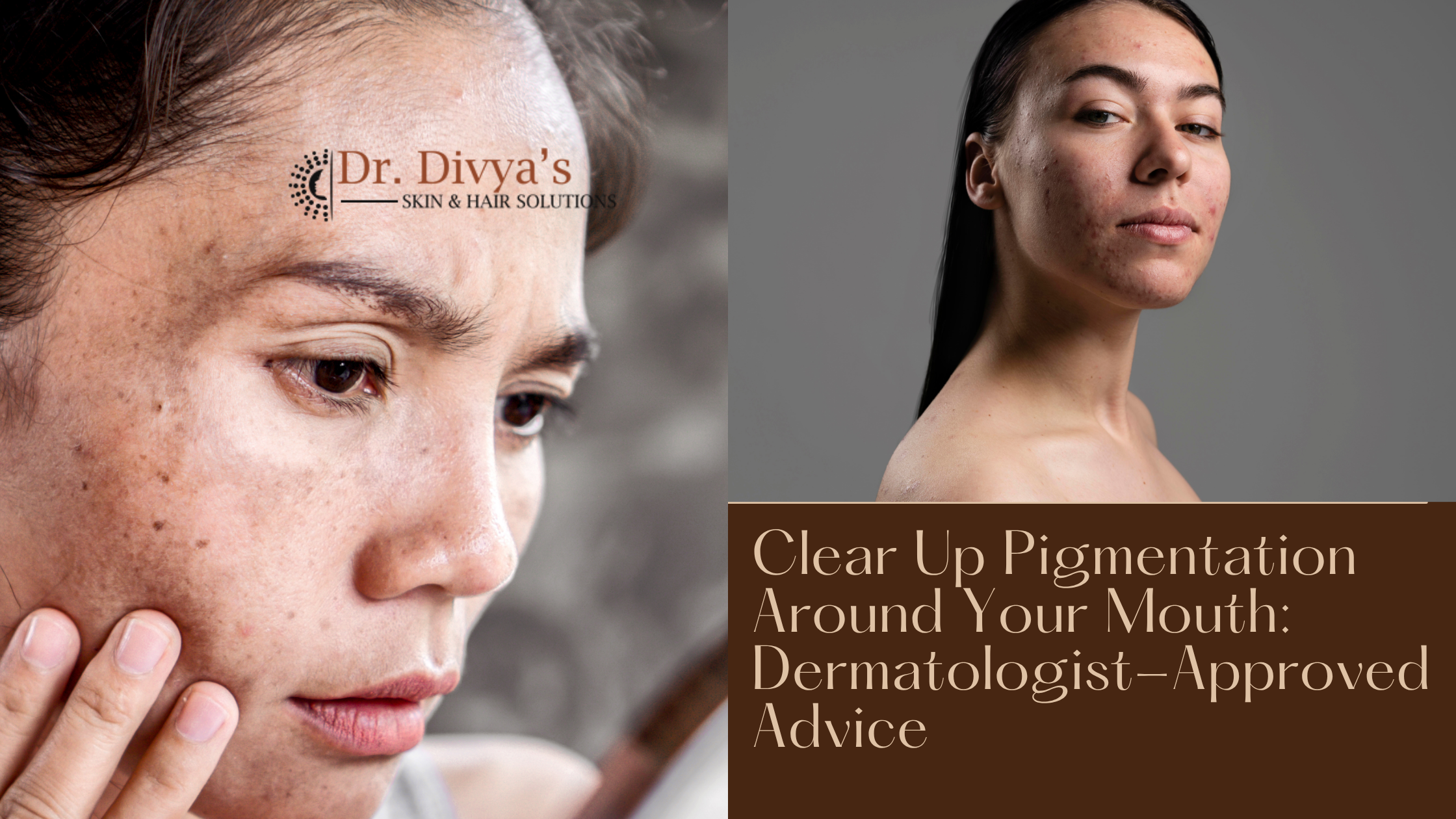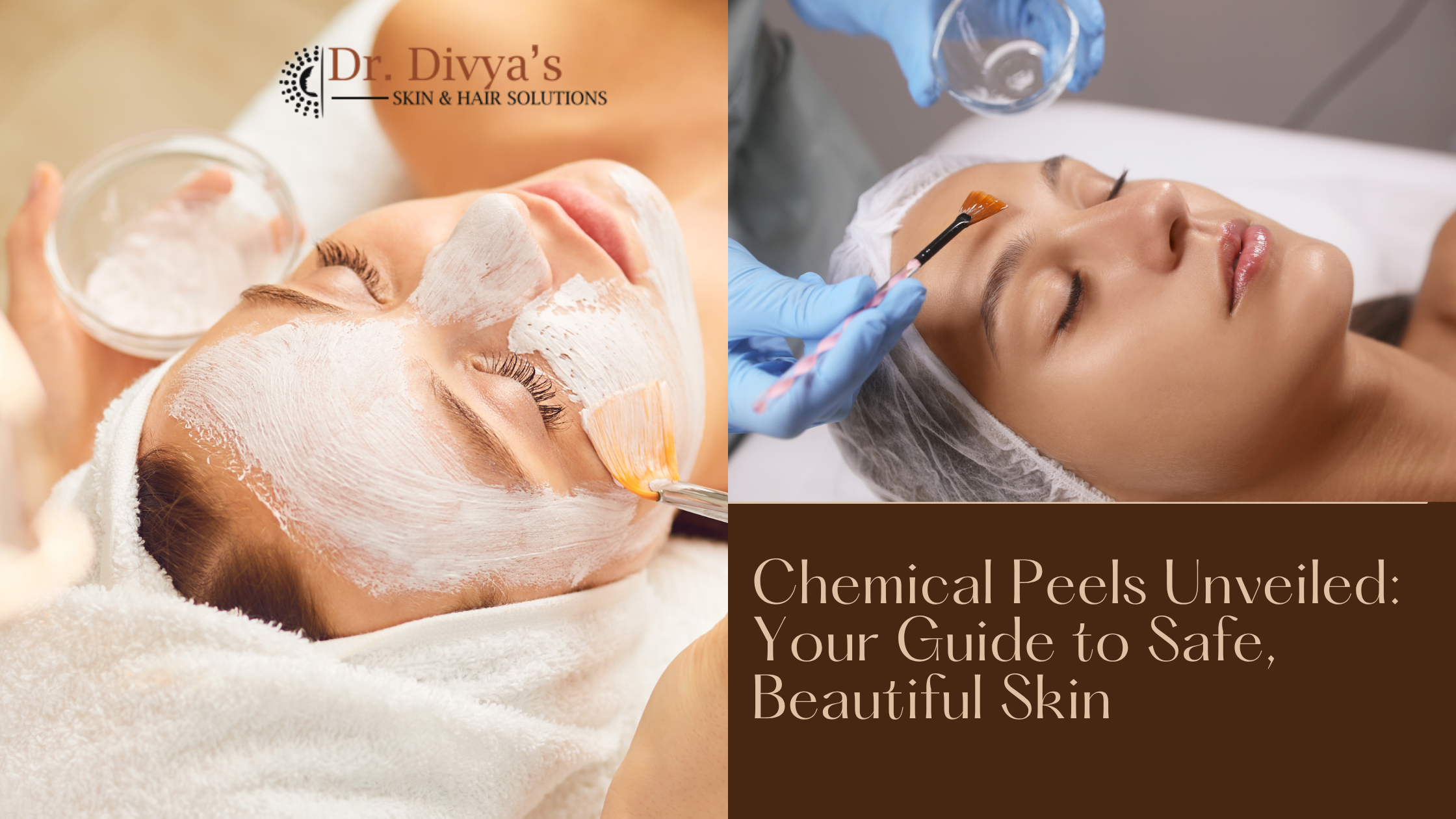Posted date on Nov 02, 2020
Often I come across many concerns and questions related to skin lightening, brightening and Skin whitening. There are different inferences of the before said terms but let me take you through the causes and ways to manage pigmentation. We will start with the basics of pigmentation like how it happens and then we will progress to the treatments for pigmentation . We often hear terms like ‘melanin’ and ‘melanocyte’ synonymous with pigmentation.
In this blog, we will go into the depth of explanation about causes of pigmentation.
Q1) What is Melanin and how it is formed?
Melanocytes are the pigment producing cells of the epidermis in skin and hair follicles. It has a specialized organelle inside it known as the melanosome. The melanin or pigment is formed inside this organelle called melanosome. Each melanocyte resides in the mother layer of skin and interacts with approximately 36 keratinocytes to transfer melanosomes to the supranuclear positions. Melanin serves to protect DNA of the cells from Ultraviolet radiation.

Q2) How do we classify skin type based on melanin content?
Dermatologists all across the world classify skin types in six types known as Fitzpatrick’s classification. There are 6 skin types depending on the response after exposure to sun or UV Radiation.
- Type 1: Always burns never tans
- Type 2: Always burns, minimal tan
- Type 3: Burns minimally, tans moderately and gradually
- Type 4: Light brown skin, burns minimally and tans well
- Type 5: Brown skin, rarely burns, tans deeply and
- Type 6: Dark brown/black skin, never burns, tans deeply

Q3) What is the most critical step in synthesis of melanin or pigment?
Classifying melanocytes isolated from individuals based on visual skin pigmentation as very light, light, fairly dark and dark, it was noted that total melanin content correlated with tyrosinase activity levels across all skin types. The pathway begins with the production of DOPA and DOPA quinone from tyrosine, catalyzed by the enzyme tyrosinase (TYR), the most important and rate-limiting enzyme in pigmentation
Q4) What is the cause for tanning of skin?
Sunlight or UV Radiation induces formation of free radicals or ROS which activate tyrosinase enzymes . That is the reason Antioxidants are so important in the treatment for pigmentation.

Q5) What are the various skin lightening agents available and how do they act?
We divide skin lightening agents depending on the mechanism of action.
- Tyrosinase inhibitors
- Hydroquinone -Inhibits Tyrosinase activity
- Induces generation of free radicals which are toxic to the outer covering of melanocytes.
- Depletes glutathione in the pigment cells
- Side effects such as permanent depigmentation and exogenous ochronosis following long?term use
- Arbutin- Naturally found in cranberries, blueberries, wheat and pears.
- It also inhibits tyrosinase but not as strongly as HQ
- It does not damage DNA of melanocytes hence safer than HQ
- Deoxyarbutin is also a safe skin lightening agent
- Kojic Acid-
- It is a naturally occurring hydrophilic fungal metabolite obtained from species of Acetobacter, Aspergillus and Penicillium
- It chelates copper from tyrosinase enzyme reducing melanin
- It can cause contact dermatitis, sensitization and redness
- Azelaic Acid
- It is a saturated dicarboxylic acid found naturally in wheat, rye, and barley.
- A natural substance that is produced by Pityrosporum ovale, a yeast strain
- It functions as a competitive inhibitor of tyrosinase enzymes.
- It is safe even during pregnancy.
- Flavonoids
- Resveratrol - It is found in red wine and reduces tyrosinase
- Licorice and Glabridin They also inhibit same enzyme
- Inhibition of Melanosomal Transfer
A critical component of skin pigmentation is the transfer of mature melanosomes into the keratinocytes via dendrites. Agents that lighten the skin by inhibiting this action are
- Niacinamide-
- It is a biologically active form of niacin (vitamin B3) and is found in yeast and root vegetables and
- It helps in improved barrier function, reduced sebum production and improved appearance of photo?aged skin including hyperpigmentation, redness and wrinkles
- Soybean and soy milk extracts
- Accelerated skin turnover or exfoliating agents
They remove the uppermost layer of keratinocytes containing melanin. Common examples of such agents are acids such as hydroxy acids, salicylic acid, linoleic acid and retinoic acids.
- Antioxidants
It inhibits the reactive oxygen species (ROS) in the skin that may induce melanogenesis by activating tyrosinase . They also reduce oxidation of melanin. E.g vitamin E, vitamin C are commonly used antioxidants.
Read the label next time carefully before you pick up a skin lightening or fairness cream. Please consult your Dermatologist to recommend a schedule for improving the skin complexion.
